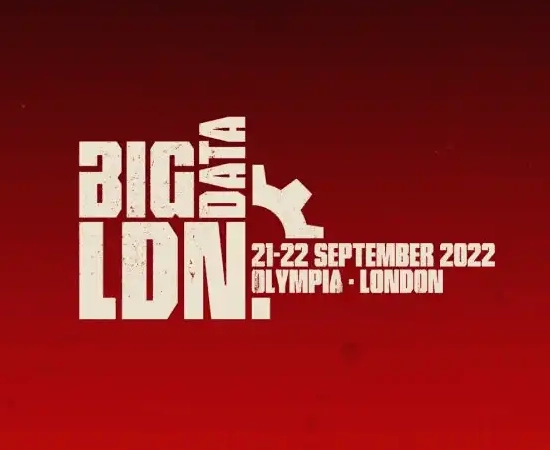I went down to Big Data LDN with some mates last week and we had a great time. There were noodles, laughs and loads of coffee but also real excitement about what’s coming next for AI and research.
AI was everywhere, as you’d expect. AI investment by tech companies is projected to ramp up to eye-watering sums by 2030. So, it’s clear that the industry will change massively, as capabilities advance.
But the conversations went far beyond the tech itself and spoke to something really close to my heart: how we make AI truly human-centred, ethical, and practical. Here’s what I learnt that feels especially relevant for researchers, data teams, and digital tools.
Human-centred, ethical AI
The overarching message was really clear and is nothing new. AI should enhance human thinking, not replace it.
‘Keep humans in the loop’ was probably the most-heard phrase of the day (yes we were playing buzzword bingo). And for good reason. Humans bring a level of understanding and context to a situation that AI will never authentically grasp.
Also, we know Large Language Models (LLMs) are built on datasets that introduce bias. So to use them responsibly we need to test outputs carefully, build trust, and design for inclusivity.
Critical judgment and storytelling must stay firmly in human hands. For researchers, this means treating AI as a co-researcher, automating repetitive tasks to free up headspace for interpretation, context, and creativity.
Practical impact over the hype
We heard of frustration about AI tools stuck in endless proof-of-concept phases, a big waste of resources and budget.
And while some sectors have been slower to adopt AI (especially where privacy concerns dominate), momentum is building fast. Indeed, many expect 2026 to be a tipping point for agentic AI.
That means upskilling workforces is becoming increasingly important – teams need to learn how to work alongside AI and use it to their advantage. AI should be carefully built into operational processes to improve efficiency rather than leaving teams to their own devices without guidance.
Value matters so much more than novelty here. AI solutions need to answer real business issues, not just look cool. For insight teams, this means getting comfortable with AI, while building workflows that are robust, ethical, and scalable.
New ways of engaging audiences
Onto the biggest shake-up. Consumer behaviour is shifting fast when it comes to AI.
According to the Adyen UK Retail Report 2025, 35% of UK consumers already use AI to help them shop. This number is expected to rise sharply as AI becomes more embedded in retail experiences.
AI shopping effectively removes the paradox of choice and serves up what it thinks are the best suggestions for each person. So pretty soon, AI agents will decide what people see or not. This makes recommendations and visibility more critical than ever for brands.
So for researchers, we need to think about packaging insights for AI systems influencing human decisions. This could mean making insights machine-readable, multimodal, and designed to feed into agentic workflows – a whole new ballgame for insight teams.
Final thought
The red thread running through all of the talks was very clear – AI is no longer a quick way to respond to a tricky email. It’s become a collaborator. Kinda like that pal who makes you coffee when you’re on a deadline so you can focus, or that running partner in your training montage who pushes you to go faster. Used effectively and responsibly, AI can make us better at our jobs and give us more time for the parts we enjoy most.
So we as should only be embedding AI into research in genuinely meaningful ways that are ethical, inclusive, and most importantly, directed by a human. Preferably one drinking coffee.





















